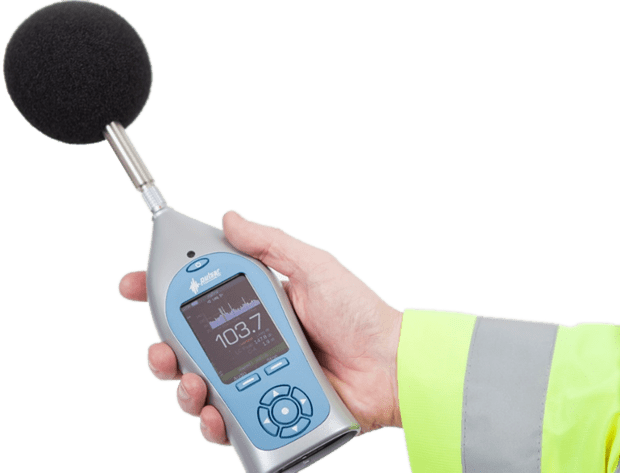Vibration Measurement and Mitigation
Vibration measurement and mitigation are essential tools for understanding and controlling the effects of vibration on structures, machines, and human health. Vibration can be caused by a variety of sources, including machinery, vehicles, and environmental factors such as earthquakes or wind. Excessive vibration can lead to structural damage, decreased performance, and even health problems for individuals exposed to it. In this article, we will discuss the basics of vibration measurement and mitigation.
Vibration Measurement:
Vibration measurement is the process of quantifying the amplitude, frequency, and direction of vibration. This can be accomplished using a variety of instruments, including accelerometers, seismometers, and vibrometers. Accelerometers are commonly used for measuring vibration in machines and structures, while seismometers are used for measuring vibration in the ground. Vibrometers are typically used for measuring the vibration of small components, such as microelectromechanical systems (MEMS).
The data collected through vibration measurement can be analyzed to determine the source of the vibration and its effects on the structure or machine. Vibration measurement can also be used to monitor changes in vibration levels over time, which can be helpful in detecting changes in the performance of a machine or structure.
Vibration Mitigation:
Vibration mitigation is the process of reducing or controlling the effects of vibration on structures, machines, and human health. There are several methods of vibration mitigation, including isolation, damping, and modification of the source.
Isolation involves separating the source of the vibration from the structure or machine being affected. This can be accomplished using isolation mounts or pads that absorb the energy of the vibration before it can reach the structure or machine. Isolation is commonly used in the construction of buildings to reduce the transmission of vibrations from nearby roads, railways, or industrial sources.
Damping involves reducing the amplitude of the vibration by dissipating its energy. This can be accomplished using materials that absorb the energy of the vibration, such as rubber or viscoelastic materials. Damping is commonly used in the design of machines to reduce the effects of vibration on performance and durability.
Modification of the source involves altering the source of the vibration to reduce its effects on the structure or machine. This can be accomplished by changing the operating conditions of the source, such as reducing its speed or changing the load it is carrying. Modification of the source is commonly used in the design of machinery to reduce the effects of vibration on performance and durability.
Conclusion:
In conclusion, vibration measurement and mitigation are essential tools for understanding and controlling the effects of vibration on structures, machines, and human health. Vibration measurement involves quantifying the amplitude, frequency, and direction of vibration using a variety of instruments. Vibration mitigation involves reducing or controlling the effects of vibration using methods such as isolation, damping, and modification of the source. By understanding the principles of vibration measurement and mitigation, engineers and designers can create safer, more efficient, and more durable machines and structures, and improve the quality of life for those affected by vibration.

